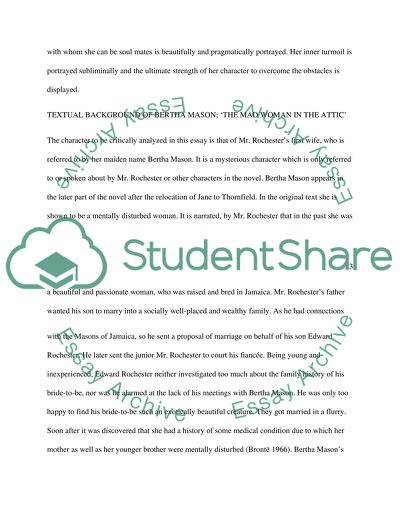Cite this document
(“Transforming texts: Literature and Adaptation Essay”, n.d.)
Retrieved from https://studentshare.org/literature/1478120-transforming-texts-literature-and-adaptation
Retrieved from https://studentshare.org/literature/1478120-transforming-texts-literature-and-adaptation
(Transforming Texts: Literature and Adaptation Essay)
https://studentshare.org/literature/1478120-transforming-texts-literature-and-adaptation.
https://studentshare.org/literature/1478120-transforming-texts-literature-and-adaptation.
“Transforming Texts: Literature and Adaptation Essay”, n.d. https://studentshare.org/literature/1478120-transforming-texts-literature-and-adaptation.


